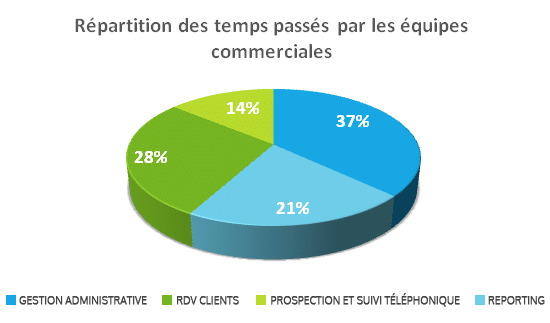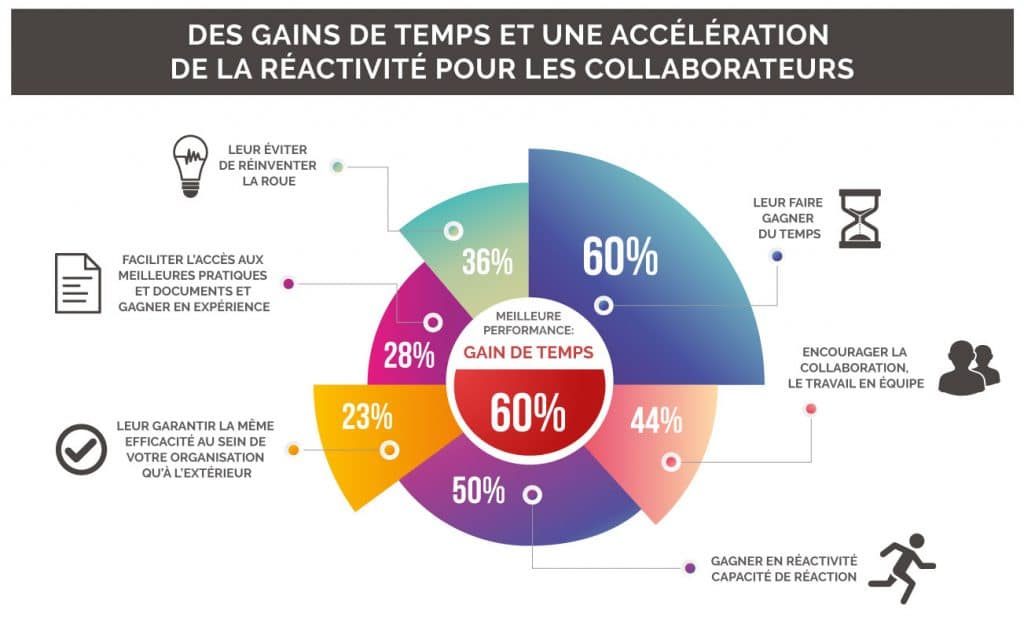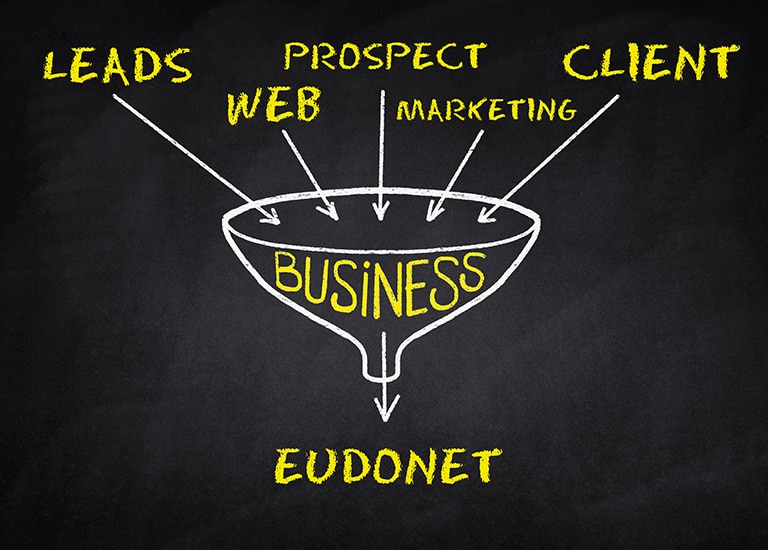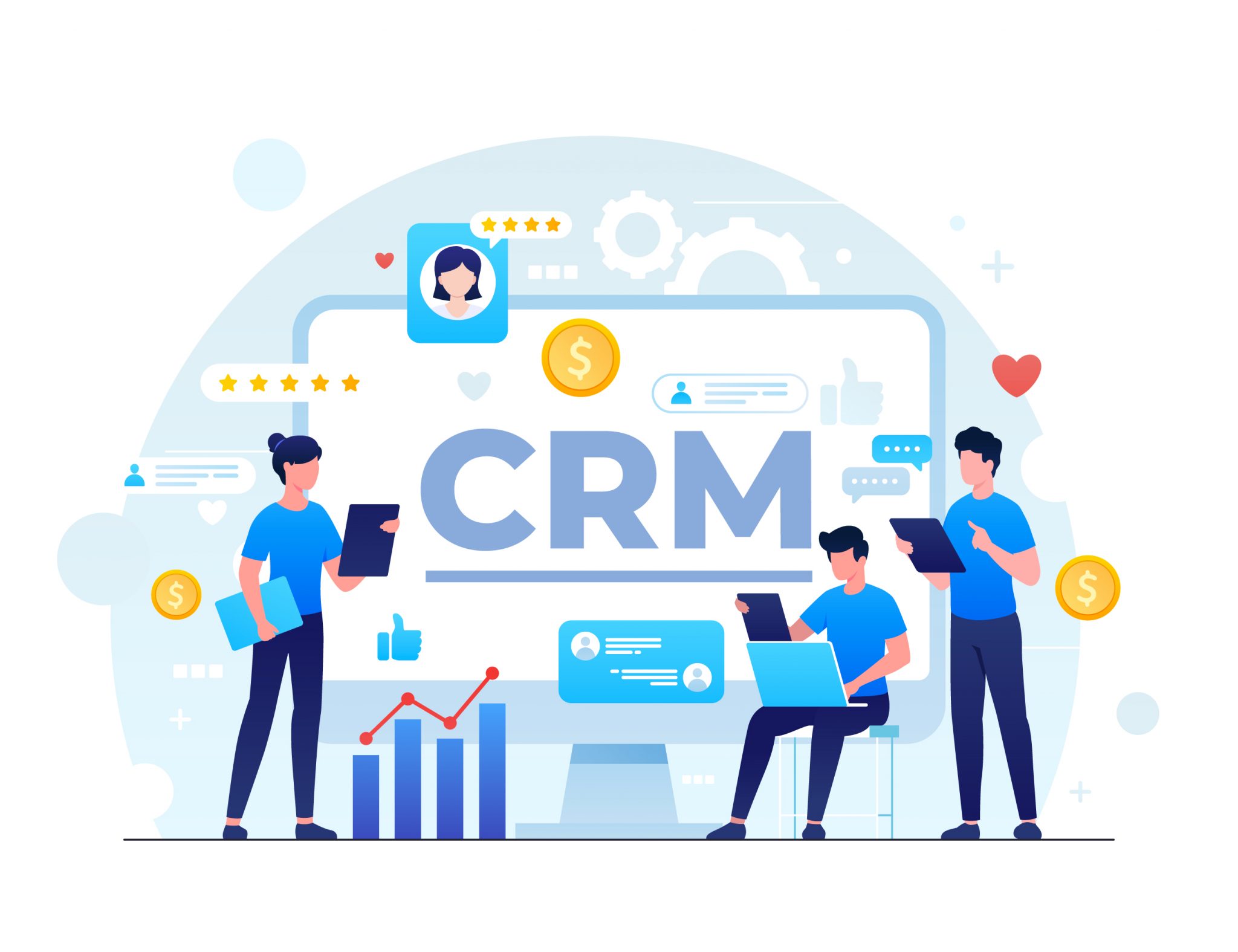Lead management, from detection to win or miss, through the marketing and sales nurturing phase, is a major challenge for any type of organization. This vision, which was very oriented towards the “business world” not so long ago, is now increasingly shared by all types of entities. In fact, more and more companies, as well as associations, foundations, public organizations, and cultural institutions, must also manage more or less commercial opportunities, but above all, implement the necessary actions to optimize the follow-up and conversion process.
Why have a lead management process?
PATCHING THE LEAKS BEFORE INCREASING THE VOLUME
Often, when talking with prospects or clients, we realize that their main objective is to generate more and more “leads” (or “business opportunities”). And yet!
By delving a little into the subject with them, immersing ourselves in their daily lives and activities, we often realize that, ultimately, there is another alternative to this volume strategy that statistically allows for more activity: working on the quality of the conversion process. A quick internal study in a company that manages commercial opportunities allowed us to identify that out of 100 lost deals, two-thirds (exactly 65%) had been detected upstream.

And when we detail the reasons for the loss of these deals, we quickly realize that they are organizational problems: lack of responsiveness, wrong direction, wrong evaluation of the opportunity, or worse, no follow-up at all…
CRM solutions, a catalyst for improving lead management…and commercial efficiency
In the end, what are the improvement tracks to better manage these commercial opportunities and reduce dry losses? We have identified 4 major axes which, if approached with ingenuity and in coherence with your internal organization, allow for optimizing the management of opportunities with the objective of better materializing them.
1 – Have immediate reactivity: provide a relevant and coordinated response as soon as possible
Convergence of sources, duplicate processing, link with history
Lead evaluation and attribution system: prospect and opportunity status, conversion criteria, recycling mechanisms
- Real-time analysis, monitoring, and reporting
2 – 2 – Qualify leads for adapted treatment and resources dosed according to needs
Align sales and marketing: “we need more qualified leads versus leads are not worked enough.” Define together what a lead is.
Implement objective, simple, and shared qualification criteria: company size, urgency and nature of the need, level of interlocutor…
- Have constant feedback on lead quality: regular updates
3 – Implementing an effective lead recycling and nurturing system
Returning leads to marketing
Having a Lead Nurturing program
Identifying the best sources to better target marketing efforts
Measuring the ROI of different sources: website, extranets, forms, email…
On all these aspects, implementing a CRM solution is the most effective and secure organizational means to implement an efficient commercial opportunity management strategy with measurable and quantifiable ROI.
In fact, if the lead detection and processing strategy is not an asset but a weakness, it is largely because commercial teams spend a certain amount of time on ancillary actions to their core business, as shown in this new graph on the distribution of commercial teams’ time:

It is very clear that the overall time spent on commercial aspects is surpassed by administrative tasks without added value.
Thanks to the automation of some repetitive tasks and the optimization of processes made possible by the implementation of a CRM solution, commercial teams can reduce and optimize the time spent on reporting and administrative tasks, to concentrate their efforts on the core of their activity: prospecting, detecting leads, and converting them. A study conducted by the Markess International firm among companies that have implemented a CRM has highlighted the time and productivity gains achieved by employees:

The race for leads, above all, is a matter of organization
In conclusion, before seeking to create even more commercial opportunities and multiply commercial leads, it is necessary to:
Study the performance in converting commercial opportunities, whether they are “inbound” or “outbound.”
Identify the organizational causes and issues that hinder this conversion process and sources of business losses.
Once these elements are identified, it is then necessary to review the existing system, redefine the roles of all involved employees, rethink processes and trigger elements of action to optimize the lead conversion phase.
And for this, it is ideal to equip yourself with an agile and configurable CRM solution, which will allow you to gain efficiency, save time, concentrate on high-value-added tasks and ultimately gain market share!
So, are you ready to enter a new dimension of commercial management?

 By Marc Thévenin
By Marc Thévenin 




